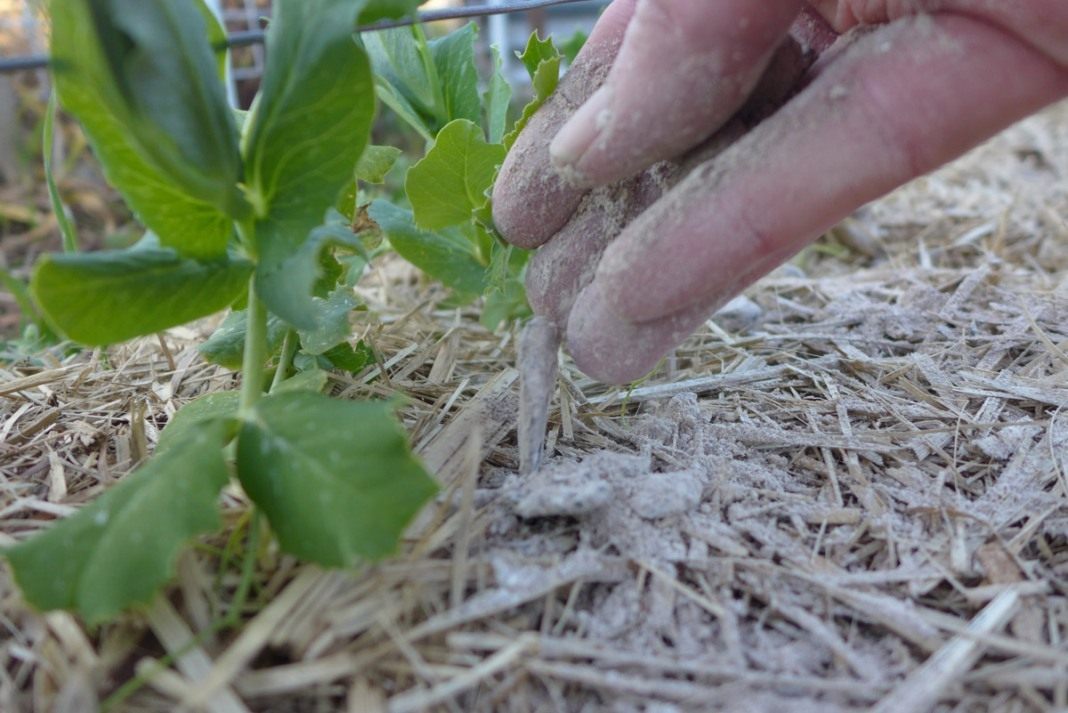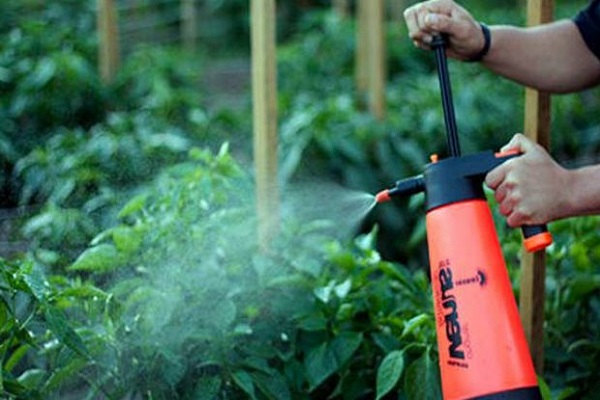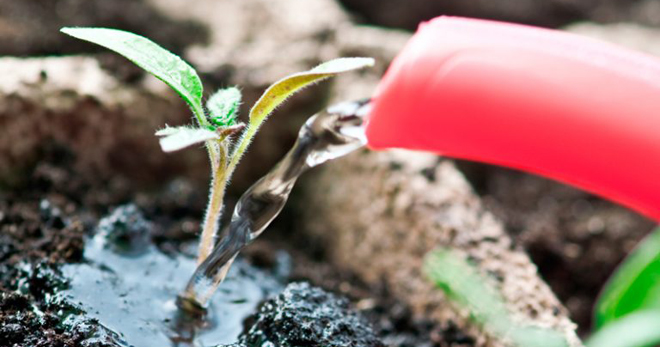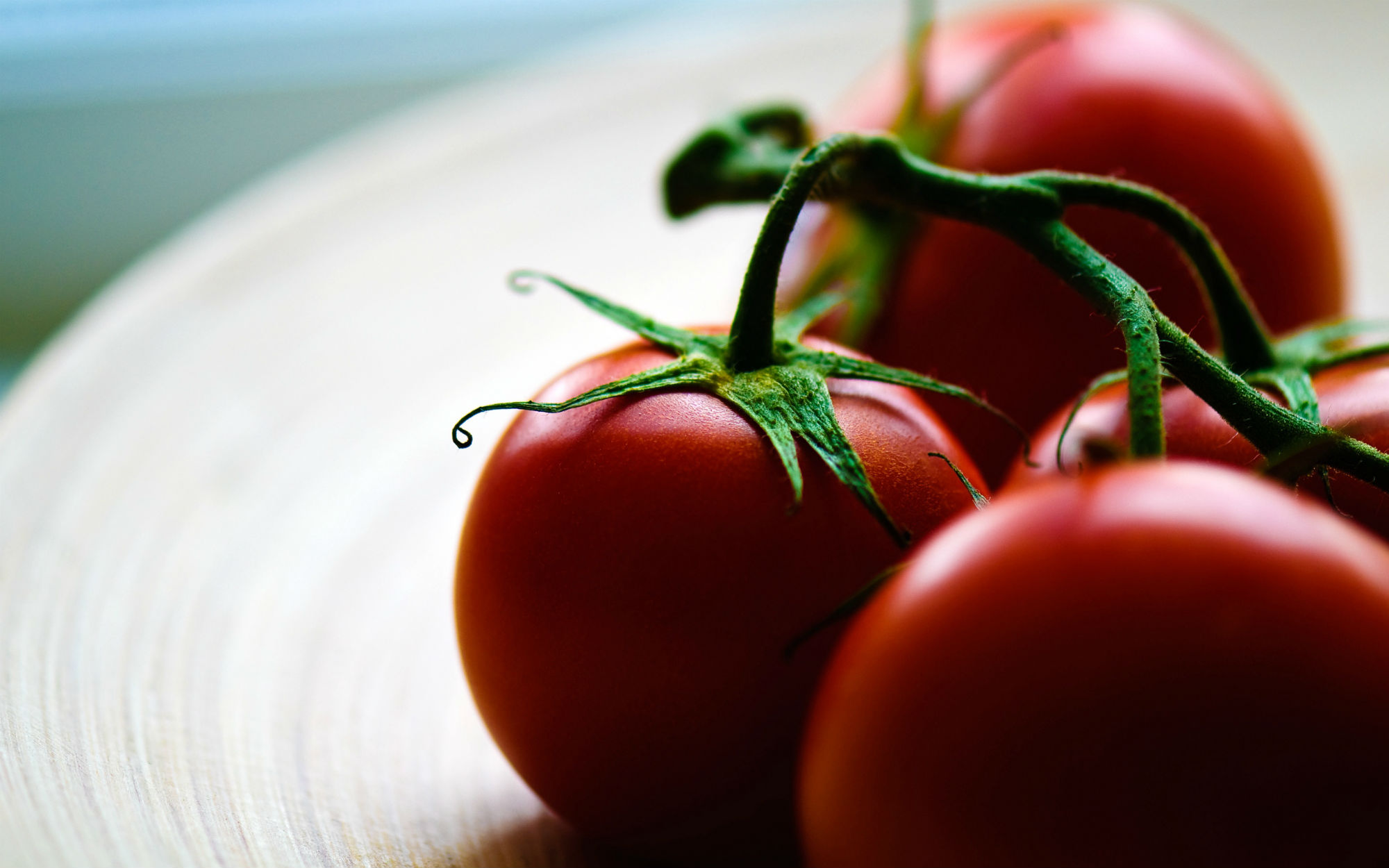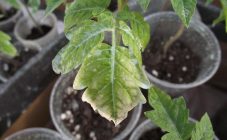Content:
At the end of winter, with the arrival of February, gardeners begin to sow tomato and pepper seeds. Of the many miraculous growth stimulants, rooters and fertilizers, they are trying to acquire the most effective ones. But there is a more affordable alternative that is not inferior to the purchased drugs. Environmentally friendly ash for tomato and pepper seedlings is indispensable at home.
Tomatoes and peppers: description of crops
Both plants are annual members of the Solanaceae family.
The tomato forms fruits and seeds in one season. Height varies depending on the type. The fruit is a juicy berry of various shapes and colors. The range of weight ranges from 5 g to 1 kg, the number of small seeds in 1 gram reaches 250-300 pieces.
Pepper is a valuable vitamin vegetable with a taproot system. It recovers poorly, which explains the long period of survival and acclimatization of young peppers. Therefore, picking (pinching the main root) is not recommended.
Herbaceous stem with brittle shoots complicates harvesting. Flowering occurs in one and a half to two months from the moment the first shoots appear.
The fruits of the plant are different:
- shape (spherical, cone-shaped, cubic, triangular);
- a mass that ranges from 1 to 150-200 grams or more;
- color (from red to purple).
Light yellow seeds are suitable for sowing for 3 years. There are from 160 to 180 pieces in 1 gram.
Both crops grow in identical conditions: they like chernozems, loamy and sandy loamy neutral or slightly acidic soils. They prefer a seedling growing method. Cereals and legumes, as well as onions, cabbage, cucumber can become predecessors and neighbors in the garden.
They are sensitive to moisture and heat (stop growing at 10 ° C). Both tomatoes and peppers are not frost-resistant and die at the slightest frost. Plants coexist without problems in a garden bed, in a box, in a container. They do not compete for food and need the same approaches to cultivation. They must be fertilized.
The use of ash when growing seedlings
The substance has been successfully used in the cultivation of tomatoes and peppers. It is used to strengthen and feed seedlings. Fertilizing tomato seedlings with useful wood ash provides them with three essential elements for normal seedling growth and health.
It contains a lot of potassium, which enhances the absorption capacity of the root system, and is indispensable for supplying sprouts with water. The concentrate makes them more resistant to temperature fluctuations and promotes rooting. In addition, potassium improves the quality of the fruit: if it is present, the rind becomes brighter, the pulp becomes more aromatic.
Phosphorus in ash accelerates metabolic processes, helps absorb and transform the energy of the sun and light. Calcium strengthens, strengthens the immune system and activates the vegetation of young plants. Ash when planting a tomato is used already at the stage of preparing seeds for sowing.
Seed soaking
Compositions containing the substance disinfect the seed. As a natural analogue of a growth stimulant, it is used in dissolved form:
- To do this, first dilute 1 teaspoon of ash powder in 1 liter of thawed or settled water and insist for 24 hours. Then the seeds are placed in it for 5-6 hours. Later, after drying them to a state of flowability, they are sown.
- Gardeners use another method of preparing material for planting: they mix 60 g of ash with 1 liter of water and leave for 48 hours. After the expiration of time, the seeds are dipped in the izol for 4-5 hours, then sown, after drying.
Ash in soil
Added to the soil mixture together with sand, sawdust and peat, it activates the growing season and acts as a fertilizer. To do this, add 1 large spoonful of powder for every liter of substrate for tomatoes or peppers. The main thing is not to overdo it: it is brought in exactly as much as provided by the recipe.
Ash as fertilizer
How to apply ash to tomatoes to become an excellent source of seedling nutrients? It is advisable to use ashes for tomatoes when used as part of a liquid fertilizer. Before feeding the tomatoes with ash, prepare a nutrient mixture: dilute 2 tablespoons of ash in 1 bucket of water (at a temperature of at least 25 ° C).
When growing seedlings of peppers and tomatoes, preference is given to root dressing. The first time they are carried out 7 days after germination. Mixing 2 tbsp. tablespoons of ash with 1 liter of water, give a day so that the solution is well infused. Then it is filtered and watered at the root of the Solanaceous seedlings. The shoots are re-fed after two weeks.
Foliar dressing
The ash solution is used for foliar feeding of tomatoes. It provides nutrition not through the roots, but through spraying the leaf apparatus. Izzol (boiled ash) is the best for this. For cooking you need:
- pour 300 g of sifted ash into the water;
- put on low heat and simmer for 20 to 25 minutes;
- strain the finished broth and pour it into a bucket of water.
The prepared solution is sprayed on the seedlings on the leaf.
Ash when picking
When diving seedlings, ash is added in its natural form, without giving in to processing. At the bottom of the holes, under each sprout, you need to pour 2 tablespoons of dry nutrient concentrate. Before planting the plant, the substance is mixed with the ground, the hole is spilled with water. This technique gives the roots direct access to nutrients.
Dry leaf treatment
Ash when planting a tomato acts as a deterrent, protecting crops from diseases and insects. She braves slugs and snails, eliminates the presence of Colorado potato beetle larvae. In addition, it protects fruits from infection with gray rot, protects bushes from black legs and keels.
The vegetative parts of seedlings or adult plants can be sprinkled with ash powder. It is applied to the shoots previously sprayed with water. Dew can simplify the process. Ashes can be scattered around the stem, stepping back 1 cm from it to avoid burns. The frequency of the procedure is once every 45-60 days.
Folk fertilization methods
Feeding tomatoes with ash is an excellent method to strengthen their immunity and increase the yield. But, along with this complex fertilizer, there are other, no less effective means.
Boric acid solution
Boron shortage also affects the growth and development of crops. It affects their health, provoking disease. A solution of the substance increases the yield by 20% and protects against late blight.
To provide plants with a microelement, there is boric acid in the arsenal of vegetable growers. Liquid dressing is carried out by soaking the seed material, spraying seedlings or organizing watering at the root.
If it was not possible to soak the seeds in advance, then a small amount of boric acid is poured into the holes during planting. Even if the bushes have entered the fruiting phase, they can be fertilized on the leaf by preparing a composition of 1 liter of hot water and 1 g of acid powder. It is advisable to repeat the procedure at the peak of flowering and during the ripening period.
The use of potassium permanganate
Potassium permanganate, which is available in every home, helps maintain resistance to late blight. For preventive purposes, in the middle of summer, plantings are treated with a solution.
A good effect is shown by the parallel use of foliar dressing with boron. At the same time, the proportion is monitored: 1 teaspoon of boric acid powder is dissolved in 10 liters of water. Until the onset of autumn, the plants will be strong and invulnerable. Especially if, after 7 days, tomato bushes and beds of pepper are additionally sprayed with iodine solution.
Iodine for Solanaceae seedlings
It can replace nitrogen, which is not part of the ash. Plus a valuable element:
- stimulates seed germination;
- kills spores of fungal infections;
- strengthens the immune system, improving the quality and quantity of future fruits;
- promotes the formation of more ovary;
- protects seedlings in adverse weather conditions.
In the arsenal of vegetable growers there are always several recipes for preparing top dressing:
- If the seedlings have two pairs of real leaves, add 1 drop of iodine to 3 liters of heated water and water the seedlings.
- During the formation of the brush, adult plants are fed with a solution consisting of 10 liters of warm water and 3 drops of a trace element.
- With the foliar method, warm water (1 l), 250 g of not too fatty milk and 5 drops of pharmacy iodine tincture are mixed. Spraying is organized in the morning or in the evening after sunset.
1 liter of iodine solution is enough for a bush, but the consumption is reduced to 0.7 liters for low bushes.
The use of ash and other nutrients has a positive effect on the vegetation process of plants. Which means to choose depends on their availability and the wishes of the owners of the site. The main thing is why they use these substances to get vitamin fruits with improved taste and aroma.
